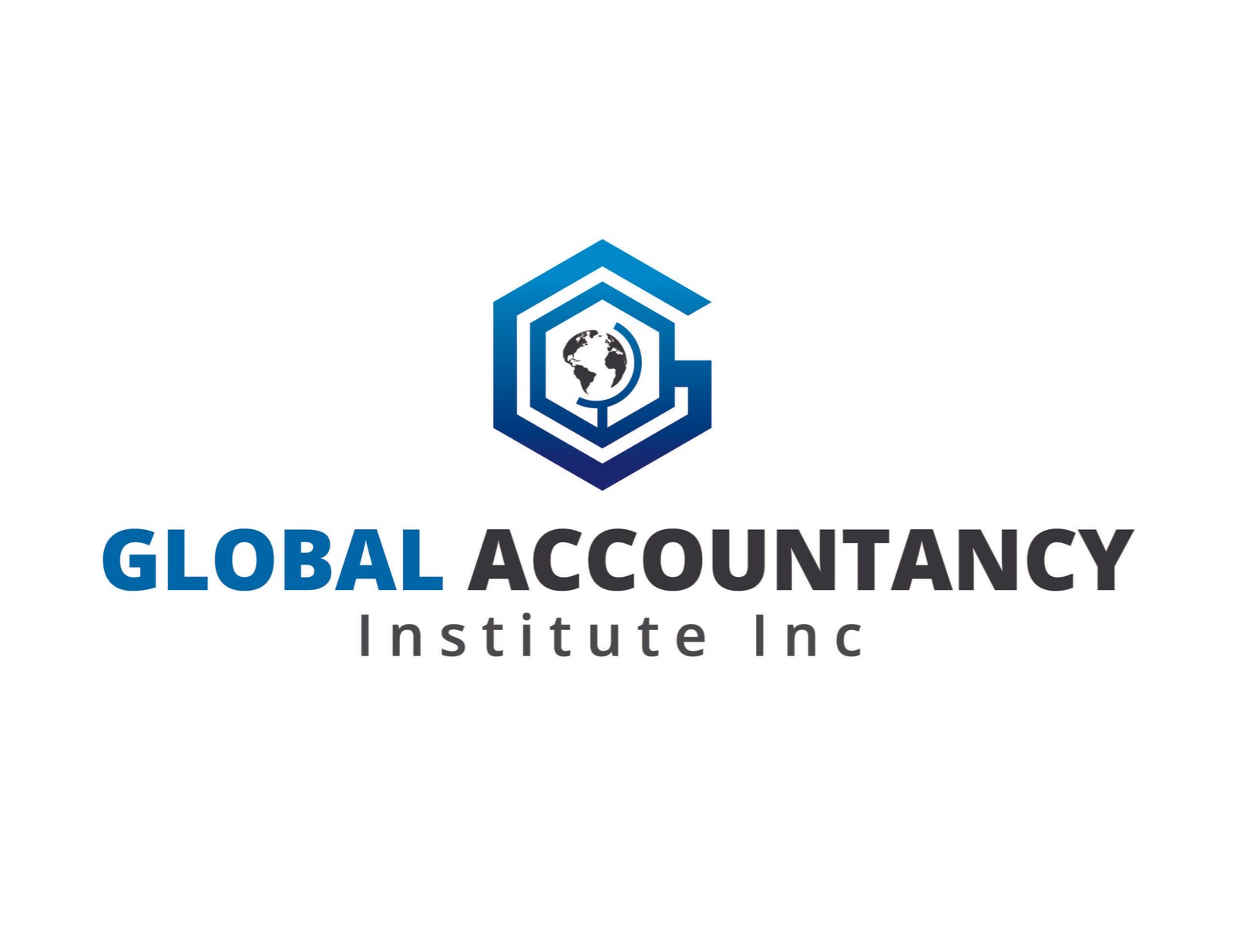1. Introduction to Asset Classes
Definition and Overview:
Asset classes are categories of financial instruments that exhibit similar characteristics and behave similarly in the marketplace. Each asset class has its own set of features, risk and return profiles, and market dynamics. The main asset classes include equities (stocks), fixed income (bonds), money market instruments, real estate, commodities, derivatives, cryptocurrencies, and alternative investments.
Key Characteristics:
- Risk and Return Profiles: Different asset classes offer varying levels of risk and potential returns. For example, equities generally have higher risk and higher potential returns compared to fixed income securities.
- Liquidity: Liquidity refers to how easily an asset can be bought or sold in the market without affecting its price. Money market instruments and stocks are typically more liquid than real estate or alternative investments.
- Market Dynamics: Each asset class is influenced by different market factors. For example, commodity prices can be affected by supply and demand dynamics, geopolitical events, and natural disasters, while bond prices are influenced by interest rates and credit ratings.
Why Diversification is Important
Diversification involves spreading investments across different asset classes to reduce risk. By holding a diversified portfolio, investors can potentially reduce the impact of poor performance in any single asset class. This approach can help achieve more stable returns over time.
Examples of Asset Classes
- Equity Securities (Stocks): Ownership in a company, representing a claim on part of the company’s assets and earnings.
- Fixed Income Securities (Bonds): Debt instruments that pay periodic interest and return the principal at maturity.
- Money Market Instruments: Short-term debt instruments with high liquidity and low risk, such as Treasury bills and commercial paper.
- Real Estate: Physical property such as land, residential, and commercial buildings.
- Commodities: Physical goods like metals (gold, silver), energy (oil, natural gas), and agricultural products (wheat, corn).
- Derivatives: Financial instruments whose value is derived from an underlying asset, including options, futures, and swaps.
- Cryptocurrencies: Digital currencies that use cryptography for security, such as Bitcoin and Ethereum.
- Alternative Investments: Investments outside traditional asset classes, including private equity, hedge funds, and collectibles.
Practical Examples
- Equity Example: Investing in shares of Apple Inc.
- Fixed Income Example: Purchasing U.S. Treasury bonds.
- Real Estate Example: Buying a rental property.
- Commodity Example: Investing in gold.
- Derivative Example: Trading S&P 500 futures contracts.
- Cryptocurrency Example: Buying Bitcoin.
- Alternative Investment Example: Investing in a private equity fund.
Conclusion of the Introduction
Understanding the different asset classes is fundamental for making informed investment decisions. Each asset class offers unique opportunities and risks, and the right mix can help achieve a balanced and diversified investment portfolio.
move on to the next section on Equity Securities (Stocks)
